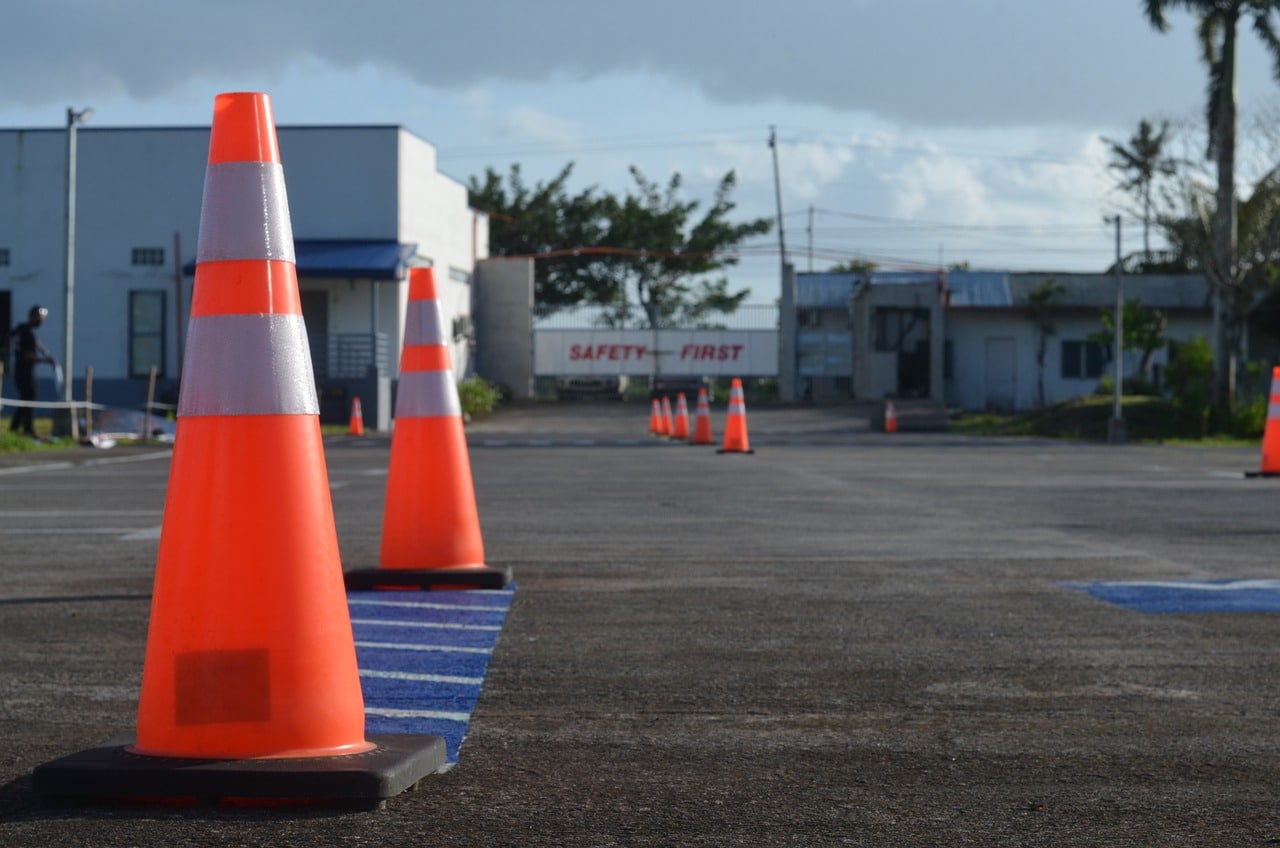In the dynamic city of Atlanta, where the urban landscape intersects with a growing emphasis on alternative transportation, the coexistence of cars and bicycles on the same roads presents both opportunities and risks. As the popularity of cycling rises alongside the ever-present flow of traffic, the likelihood of accidents involving these two modes of transport increases.
In Atlanta, the intricacies of road dynamics highlight the urgency for drivers and cyclists alike to understand their responsibilities, fostering a culture of safety and accountability. However, cyclists are a vulnerable road user group, and their increased presence on Atlanta’s roads emphasizes the need for a focused discussion on their safety and legal rights. Unlike motorists, cyclists lack the protective metal shell of a car, making them more susceptible to severe injuries in a collision. In such an unfortunate event, an accident attorney in Atlanta becomes instrumental in ensuring that the rights of both parties are protected. In this blog, we’ll explore the intricacies of car and bicyclist accidents, the types of injuries cyclists may endure, and the responsibilities of both drivers and cyclists.
The Potential Injuries Cyclists May Suffer
1. Head and Brain Injuries:
One frequently mentioned type of injury in cycling accidents is head and brain injuries caused by collisions with vehicles or sudden falls. Wearing approved helmets significantly reduces the risk associated with injuries; however, accidents still occur.
2. Spinal Cord Injuries:
Another category of injuries commonly seen in car-bicycle accidents involves spinal cord injuries (SCI). The impact from a collision often leads to damage to this structure for body movement and sensation. Immediate medical attention is necessary for SCIs as they may have long-term implications on mobility.
3. Fractures and Broken Bones:
When bicyclists are severely injured, they often experience fractures or broken bones due to the force of an accident—landing incorrectly during a fall or collision with another object on the road.
Legal Duties: The Responsibilities of Drivers
Drivers have responsibilities when sharing the road with cyclists. It is crucial for them to follow traffic and motor laws to ensure safety and prevent collisions that could potentially cause harm to bicycle riders. Here are some guidelines for drivers:
1. Maintaining a Safe Distance:
Drivers should maintain a distance when driving behind cyclists, allowing reaction time in case of sudden stops or obstacles from their side.
2. Turning Procedures:
When making turns at intersections or changing lanes, drivers must exercise caution by checking mirrors and indicating their intentions to other road users.
3. Awareness of Dooring Risks:
Opening car doors without checking for cyclists can result in injuries for the bicyclist. Drivers should make it a habit to always check for approaching riders before stepping out of their vehicles.
Shared Responsibility: The Role of Cyclists
Cyclists are also responsible for prioritizing their safety while sharing the road with cars. Practicing road etiquette, following traffic rules, and taking measures can significantly reduce the likelihood of accidents. Below are some actions that cyclists are encouraged to take:
1. Be easily seen:
Wear clothing that’s highly visible and use reflective gear. This will make drivers aware of your presence on the road.
2. Use hand signals effectively:
Signaling your intentions with hand signals helps drivers understand what you plan to do, giving them time to react appropriately.
3. Follow traffic laws:
Adhering to traffic laws is crucial for maintaining order on the roads, benefiting both cyclists and drivers. Obey speed limits, stop at traffic signs, and respect the right of way to ensure predictability from all parties involved.
Preventive Measures: Everyone’s Responsibility
While accidents can still occur despite our efforts, there are steps we can take as individuals. As a community, to reduce the risk of car-bicycle collisions:
1. Dedicated cycling infrastructure:
Governments and policymakers play a role in providing infrastructure for cyclists, such as bike lanes that are separated from vehicular traffic.
2. Education and awareness campaigns:
Promoting cycling safety through campaigns can help increase awareness among both motorists and cyclists regarding their responsibilities on the road.
3. Regular maintenance checks:
Regularly maintaining vehicles is crucial in preventing failures that could lead to accidents involving bicycles or other vehicles.
Conclusion
Accidents involving cars and bicycles can lead to injuries that can have long-term impacts on cyclists’ lives. Safeguarding the rights and safety of cyclists on the road benefits all road users, fostering a culture of respect and accountability. By being aware of obligations, taking measures, and prioritizing preventive actions, everyone can create safer roads for everyone. Whether you’re driving a car or cycling on two wheels, it’s essential to keep in mind that safety is a shared responsibility.




